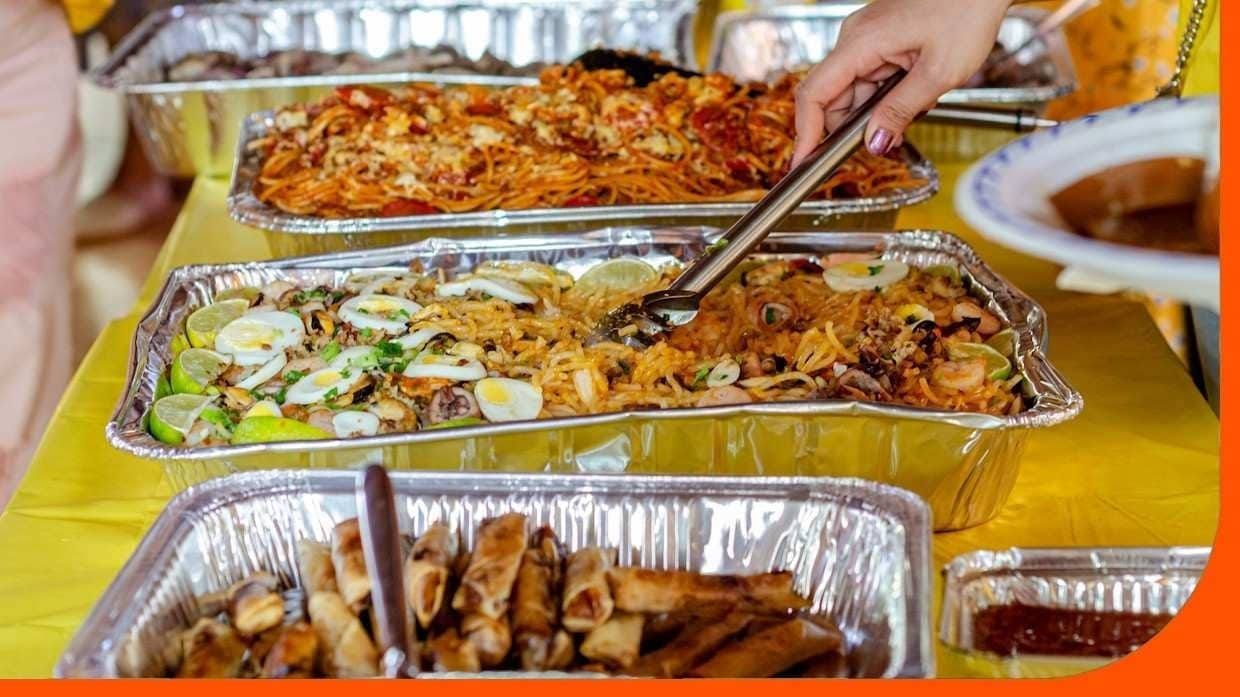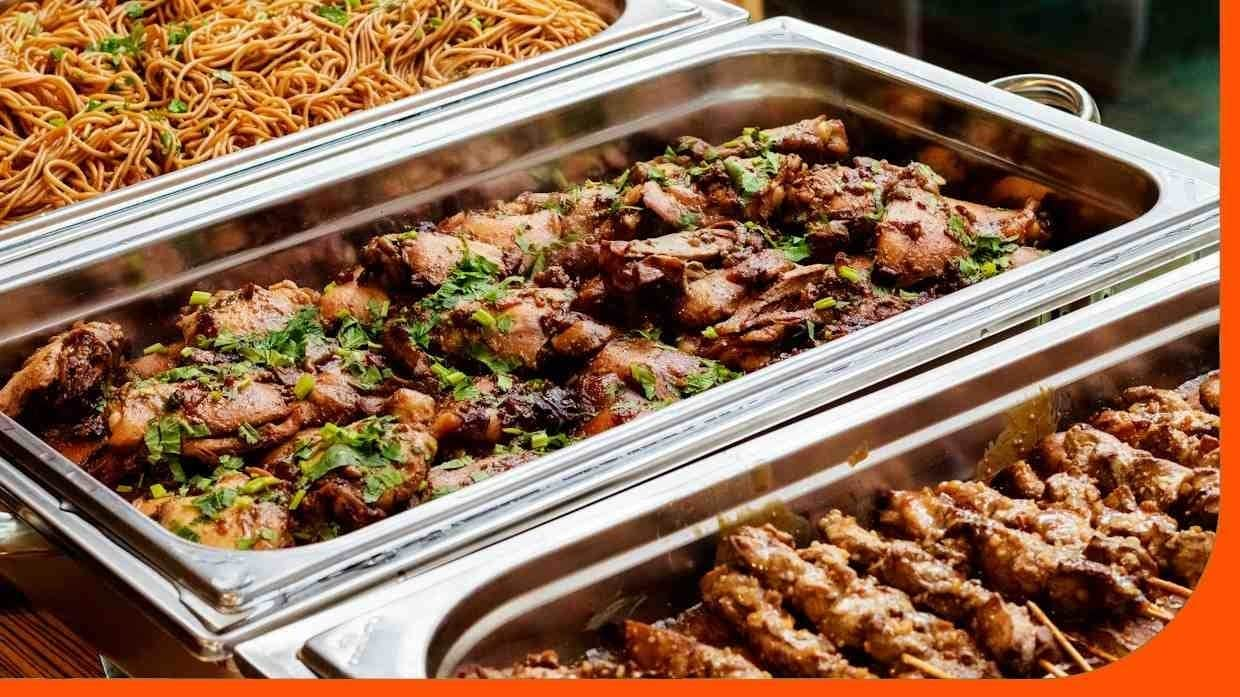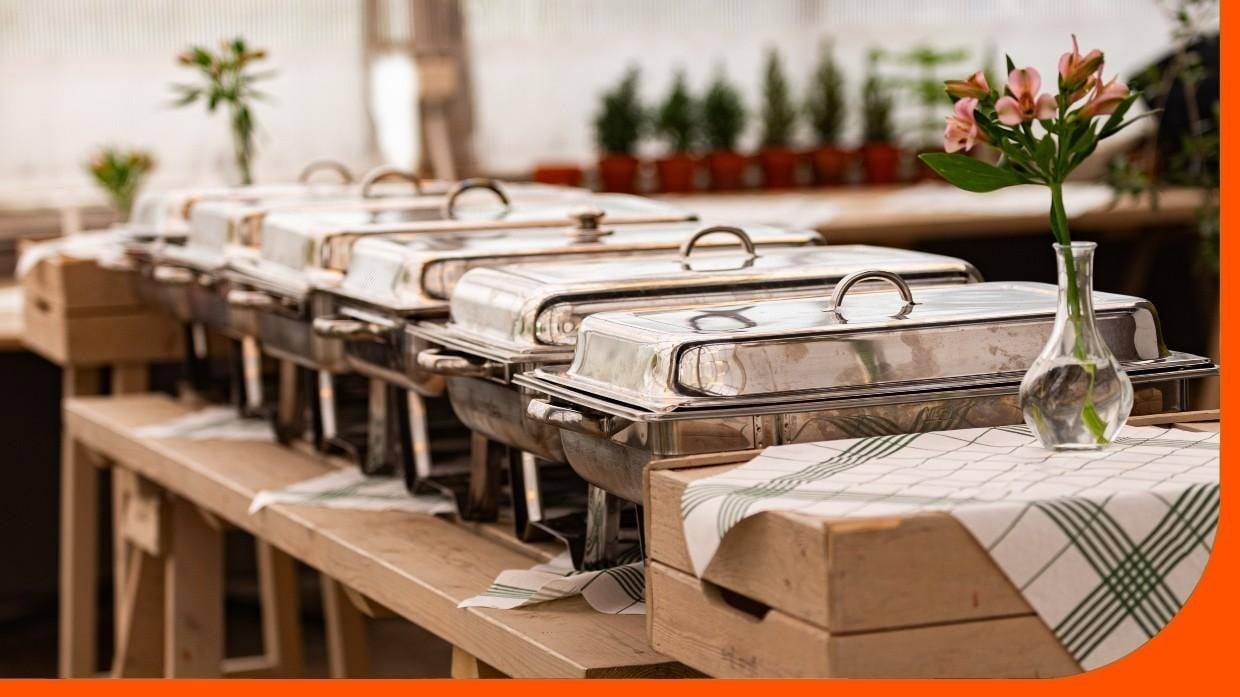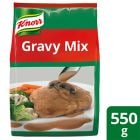For years, family and friends have praised your cooking, encouraging you to start food catering services. Have you been feeling inspired and can’t stop thinking about the possibility? Now’s the time to turn that dream into a reality. This guide will help you launch your home-based catering business with confidence. Exciting times lie ahead!
So, how do you start a catering business that stands out? Learn to differentiate yourself in a competitive market, craft menus for any occasion, and maximize your limited kitchen space. With these tips, you’ll be well on your way to success.
Finding Your Niche Market

Tailor your offerings to your strengths and current market needs.
Catering isn’t just about preparing food; it’s about crafting memorable experiences your customers will cherish. This opens up a world of opportunities for your business, tapping into a vast potential clientele. You can cater to various events, from intimate family gatherings and office meetings to post-workout meet-ups, government functions, and traditional Chinese weddings.
While it’s tempting to serve all these events, focusing on a specific segment is advantageous at the start. To narrow your focus, answer the following questions considering your available resources:
- What type of event do you want to specialize in?
- Which cuisine are you passionate about?
- Who are the key demographics you want to target? (e.g., young professionals, families, fitness enthusiasts)
- What unique services or offerings can you provide that set you apart from competitors?
Take your ideas and test them against current market conditions. Scan competitors and research about other types of catering businesses: What are they doing well, where are they falling short, and what gaps can you fill with your unique offerings?
Draft a Business Plan
Once you’ve gathered these insights, begin drafting your catering service business plan. This document is your blueprint, guiding you through the start-up process and laying the foundation for growth. It outlines your vision, goals, and strategies, helping you make informed decisions. Include the following:
- Market analysis: Understand your target audience, identify direct and indirect competitors, and look at applicable industry trends. Assess potential risks and opportunities.
- Pricing strategy: Create a pricing model based on standard food cost calculations, striking a balance between profitability and what your customers are willing to pay.
- Financial projections: Set realistic sales or income targets for the next one, three, and five years. Detail your catering start-up costs and other expected expenses.
- Marketing strategies: Map out how you’ll reach your audience and which channels to use (social media, word of mouth, traditional posters).
BONUS: Use this FREE business plan template from Unilever Food Solutions to help structure your plan.
Prepare Your Menu

Offer customizable dishes to suit guest preferences.
Only after you’ve handled those foundational tasks can you really focus on the heart of your business: your catering food. Initially, you might feel tempted to showcase everything you know how to cook. However, learn to trim it down to create a menu that is practical, versatile, and profitable. Follow these tips:
- Decide on one or two signature dishes you want to be known for. These should be your personal specialties or the dishes your family and friends always request.
- Prepare options for everyone. Include various carbs (rice, bread, and pasta), proteins (pork, beef, chicken, seafood, plant-based), and desserts (cold and warm).
- Balance flavors and cooking techniques across the menu. Avoid leaning into just one dominant flavor profile or cooking method. For example, don’t let the entire spread be overly sweet or composed only of fried dishes.
- Offer customizable dishes to accommodate dietary restrictions, allergies, and other requests. Choose recipes that are easily adjustable for seasons and occasions. For example, elevate kaldereta with queso de bola for the holidays instead of regular cheese.
- Select non-temperature-sensitive dishes to avoid unpleasant surprises like cold soup or sebo forming over a saucy ulam.
- Outsource where necessary. Don’t overstretch yourself by preparing everything. Work with suppliers for appetizers, sauces, or desserts to supplement your main offerings.
- Provide a range of pricing options. Cater to varying budgets, whether your client is looking to spend ₱300 or ₱2,000 per head. Offer packages that suit both ends of the spectrum.
- Avoid copying competitors. Just because another caterer’s chicken cordon bleu is a bestseller doesn’t mean you need to offer the same. Make your mark by developing unique recipes or consulting with a professional to create standout dishes.
Iron Out Your Operations

Keep a designated area in your kitchen for adding finishing touches to your dishes.
You can operate your food business from home without the need for a rented space or commissary – at least, not when you’re starting out. Those can be part of your long-term goals in three to five years.
For now, make the most of your kitchen – no matter its size – by establishing a system and workflow to keep things efficient. Follow these hacks:
- Designate distinct areas for prep, cooking, and plating/packing. Aim for a smooth, triangle-like flow where tasks naturally transition from one station to the next.
- Invest in multifunctional equipment. Tools like food processors, immersion blenders, and air fryers can help you handle various tasks without taking up too much space.
- Balance between home and business equipment. When starting, you can use your home equipment for business, but make sure they can handle the increased workload. Over time, it would be wise to invest in more heavy-duty appliances for long-term use.
- Optimize storage. Utilize vertical storage solutions and keep your pantry organized for easy access. Make sure to label everything.
- Manage inventory wisely. Follow the first-in, first-out (FIFO) principle, and stock larger quantities of frequently used ingredients to save both time and money. Transfer bulk items into smaller containers for easy use while keeping extras in storage.
- Set up proper waste disposal systems. Designate bins for food waste, recyclables, and general trash to keep your kitchen hygienic and tidy.
- Create an efficient dishwashing system. Clean as you go to avoid a mountain of dishes piling up during peak cooking times.
- Store cooked food properly. Having proper containers for storage and transport is a major catering business requirement.
Find Reliable Suppliers
Remember: your food is only as good as the ingredients you use. Your favorite palengke might work for now, but consistent quality and reliability are crucial as your business grows. Look for dependable local suppliers who can offer steady quality at a fair price. Ask for samples and inquire about deals before committing to one. You should also choose to buy in bulk whenever possible. For example, purchasing 3.8-L Knorr Liquid Seasoning versus 2 liters can save you more than ₱80.
Also, don't forget to secure reliable suppliers for plates, cutlery, and serving items - whether reusable sets or eco-friendly disposables.
Plan Your Service Style

Choose among traditional buffet, plated service, or a mix of both.
The service style you choose will set the tone for your catering business. Will you go with a traditional buffet using chafing dishes, foil trays for convenient drop-off, or formal plating service?
Consider your capacity (and manpower!) before making your decision. For smaller groups, you can even offer a hybrid service – buffet-style for appetizers and desserts, with the main course plated. Think about offering event styling services, too. Or you can partner with another supplier to minimize the burden on you.
Lastly, think about your transportation. Since you’ll be delivering food most of the time, plan for the added costs and make sure your dishes travel well.
Choose a Unique Name
Picking the right catering service name is essential to establishing a strong brand identity. Your name should be memorable, reflect your style, and hint at what makes your food special. You can incorporate your own name in it, but make sure it’s relatable and not a copycat of another local brand.
Once you have a name, build a brand around it by designing a professional logo, selecting a color palette, and crafting a tagline that speaks to your target audience. You’ll use this on your social media pages, flyers, calling cards, and even staff uniforms, giving your business a polished, professional look.
Register Your Business
Yes, even as a start-up, your business should be legally compliant. Register with the necessary authorities such as DTI, BIR, and your local government. Choose a business structure – sole proprietorship or one-person corporation – that suits your current scale as an MSME.
The process may require hiring an accountant or navigating paperwork, but the peace of mind it provides is worth it. Plus, it positions your business for growth and opens doors to more clients who trust legally established enterprises.
Launching your dream catering business is now within your grasp! It won’t be a walk in the park, but with hard work, careful planning, and a splash of creativity, you will get there. Don’t hesitate to seek support from family, friends, or fellow entrepreneurs along the way. And remember, Unilever Food Solutions is here to guide you on everything you need to know about catering – from insights and recipes to the latest trends to help you succeed.












